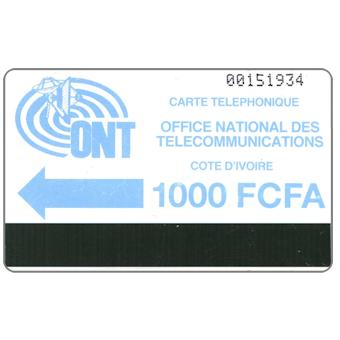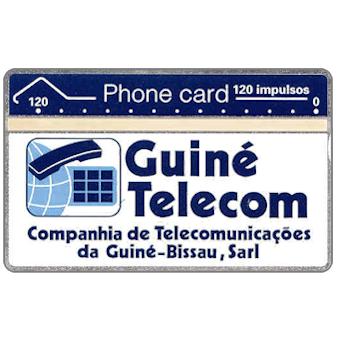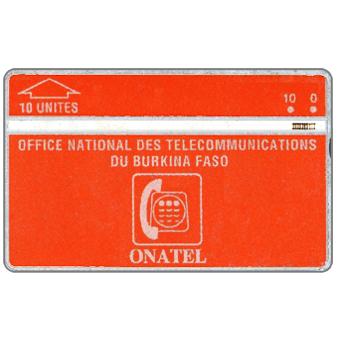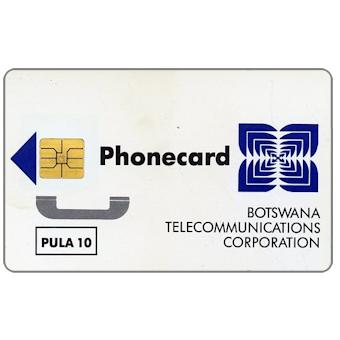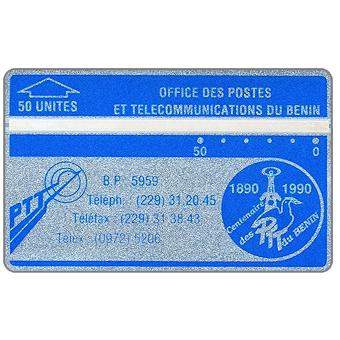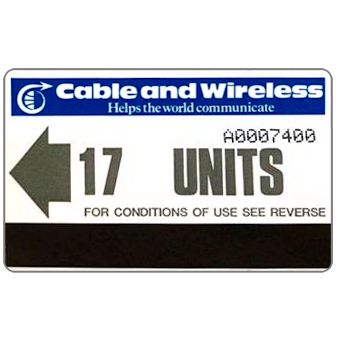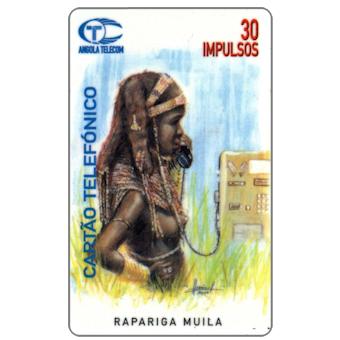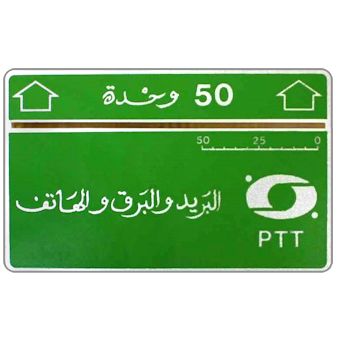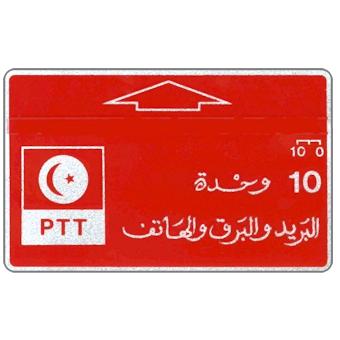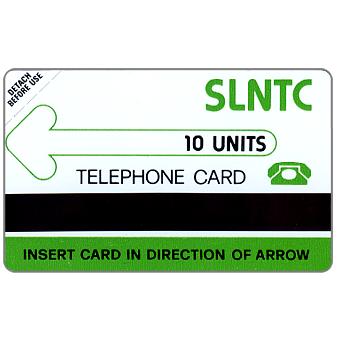The history of telephone cards in Ivory Coast began in 1988, when ONT (National Telecommunications Office) installed 206 public card-operated phones in the capital and other strategic places. The phones were provided by the Swiss…
Guinea-Bissau, 1991
Guinea-Bissau, one of the smallest states of continental Africa, has not issued many cards. The first were produced by Landis & Gyr, a system that was used from 1991 to 2002, when the phones with…
Burkina Faso, 1991
The first three cards issued in this country were also the only ones provided by Landis & Gyr, as the chip system was subsequently adopted. These are three values, 10, 20 and 50 units, which…
Botswana, 1994
The first card phones in Botswana used chip technology. The first cards issued were a series of two values, 10 and 25 Pula (the local currency), with the back completely white and no control number.…
Benin, 1990
The first cards used in Benin were 2 values, 50 and 120 units, produced by Landis & Gyr and issued in 1990 with code 009B. The two cards had runs of 4,000 pieces each and…
Ascension, 1985
Before switching to the magnetic system of GPT cards, Cable & Wireless, the telephone operator on Ascension Island, had installed public telephones in 1985 using magnetic cards supplied by Autelca. The cards issued, of the…
Angola, 1996
Angola Telecom installed the public chip card phones in 1996, and the first cards were issued in that year, a series of three values: 30 impulsos (circulation: 100,000), 50 impulsos (50,000) and 150 impulsos (50,000)…
Algeria, 1985
The first telephone system adopted in Algeria was provided by Landis & Gyr, which also produced a 50-unit green card with a 1.5 mm optical band. The card was printed in only 5.567 copies and…
Tunisia, 1983
Landis & Gyr optical cards went into circulation in Tunisia in 1983 and used for several years; the first issue includes three red ordinary cards without notch, with a paint-type print, and face values of…
Sierra Leone, 1990
The first cards of this country, provided by Urmet, were a series of three values used as a public trial: 10, 25 and 50 units, each one produced in 1,000 copies, but there are two…



